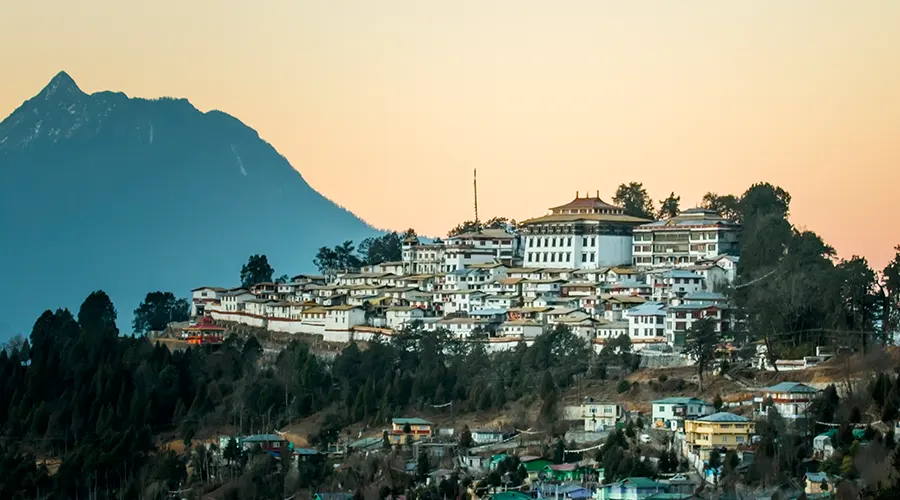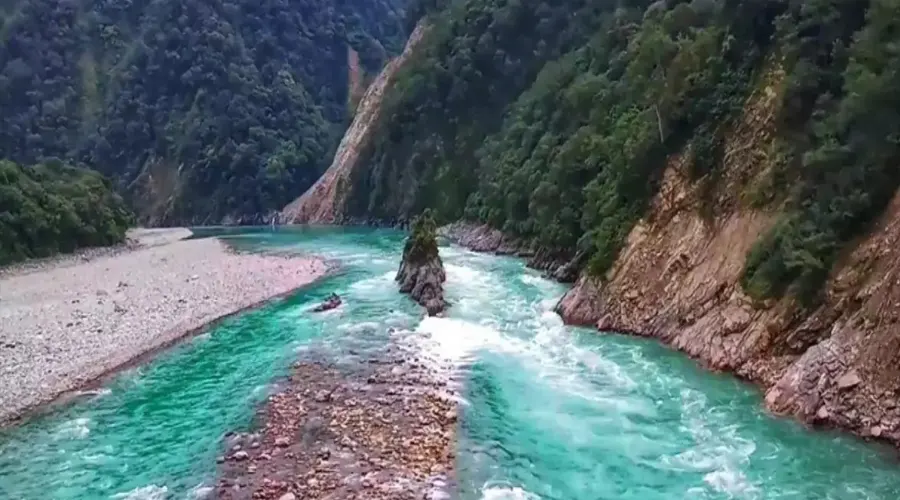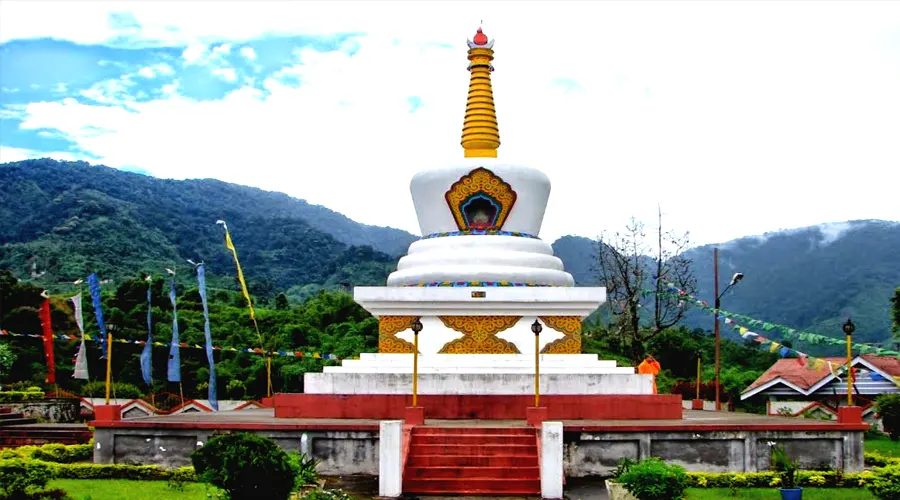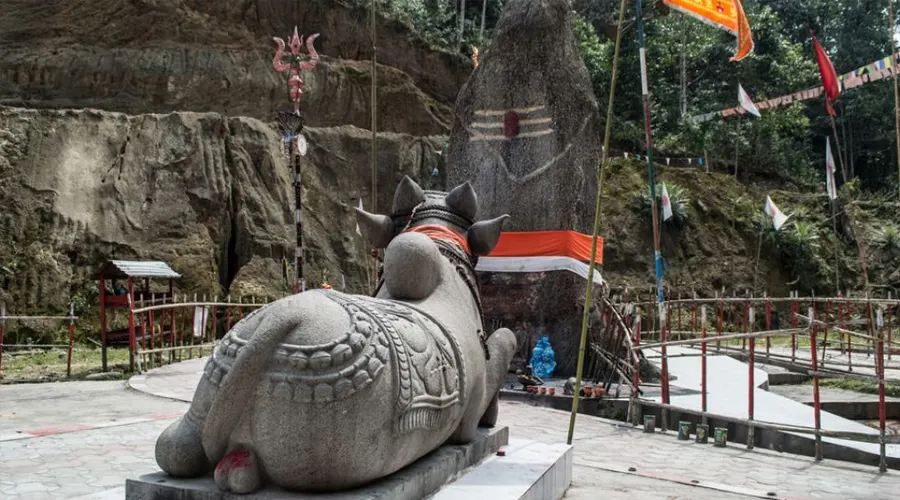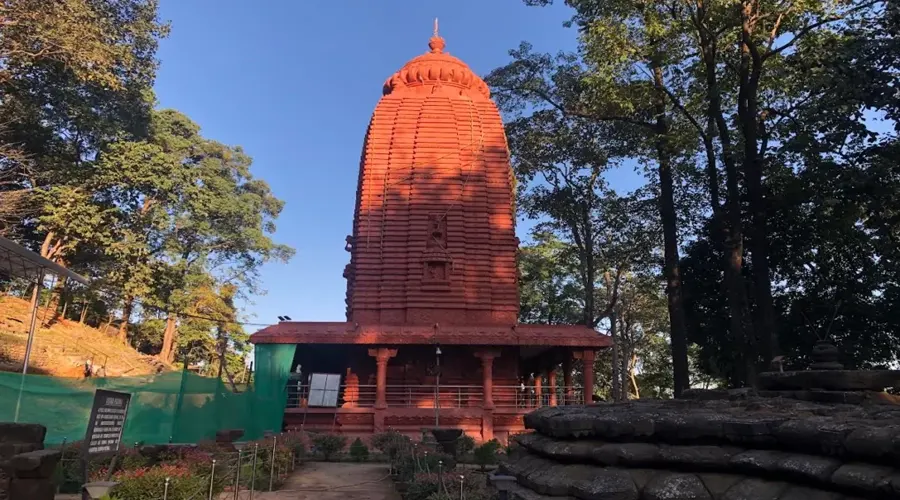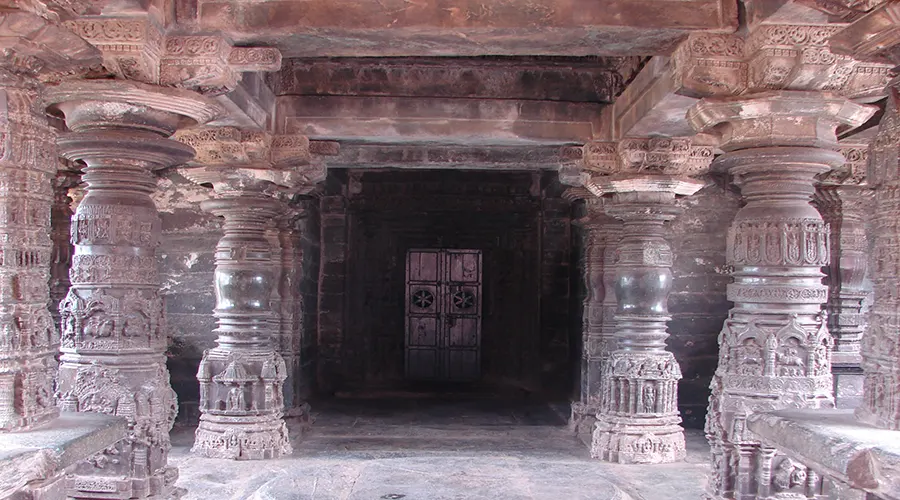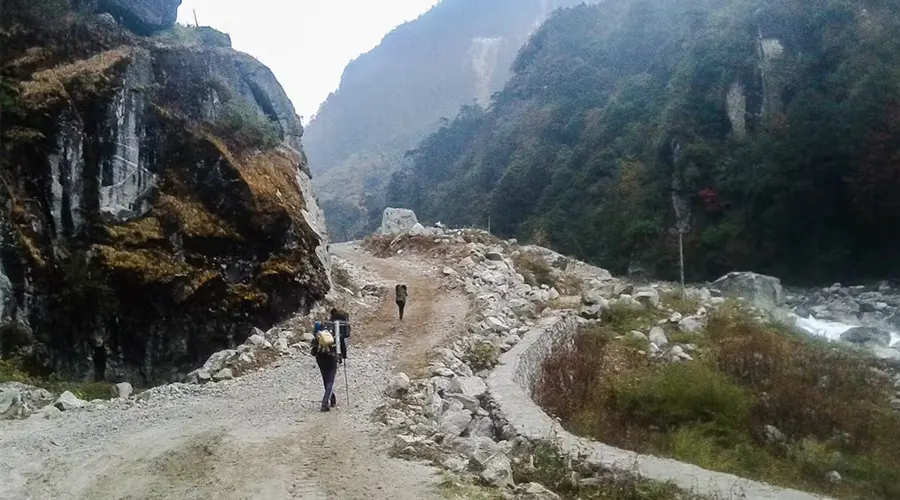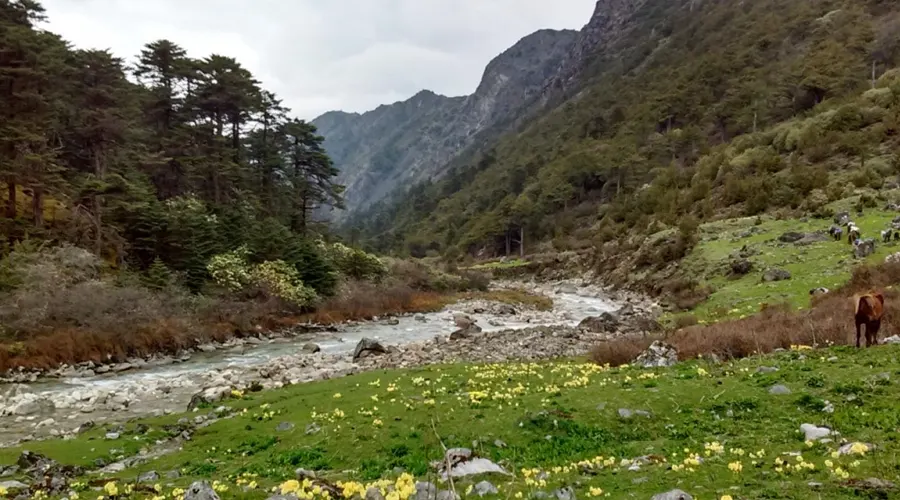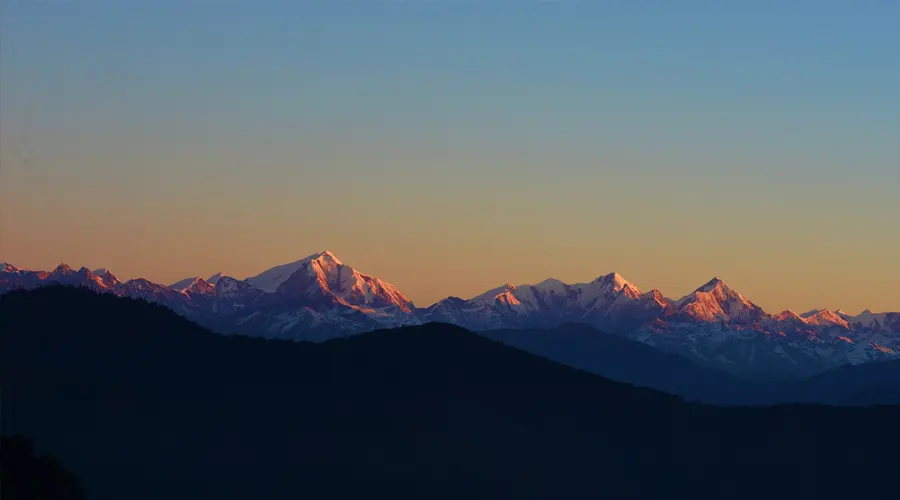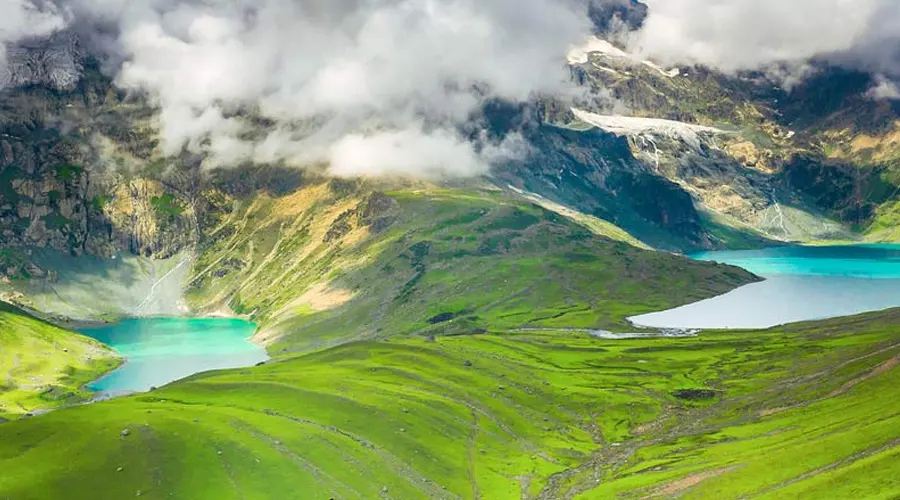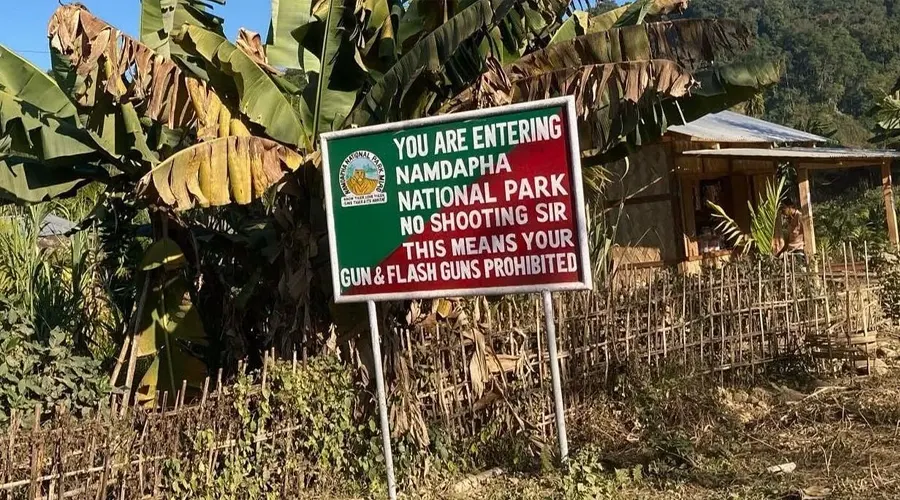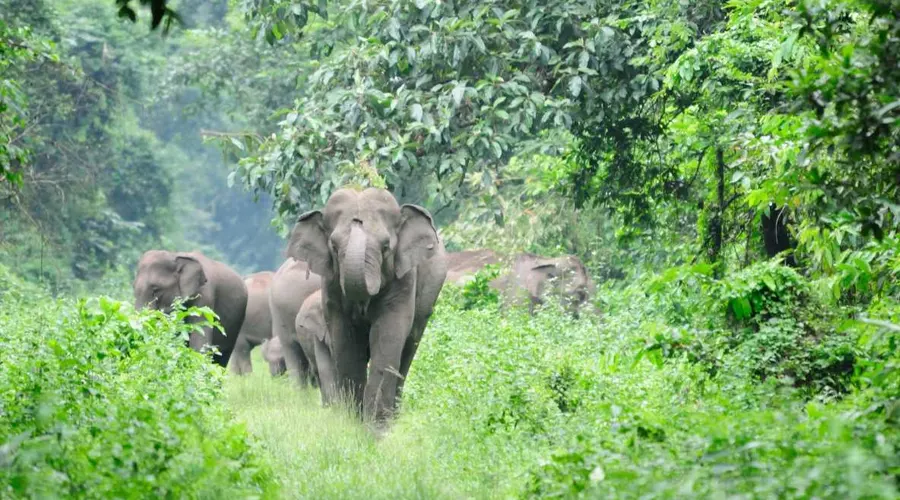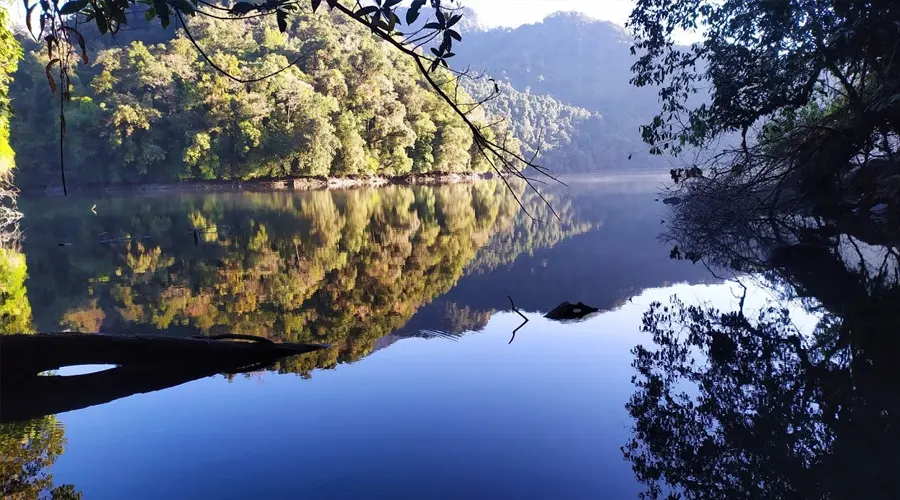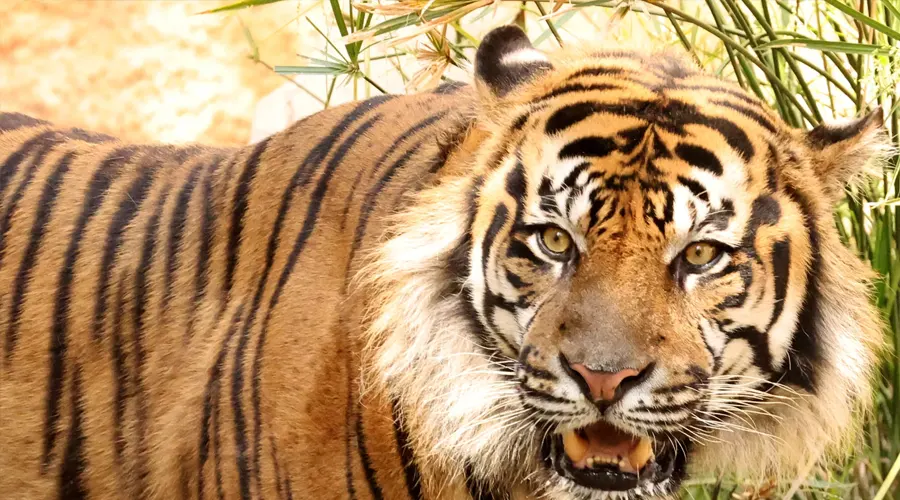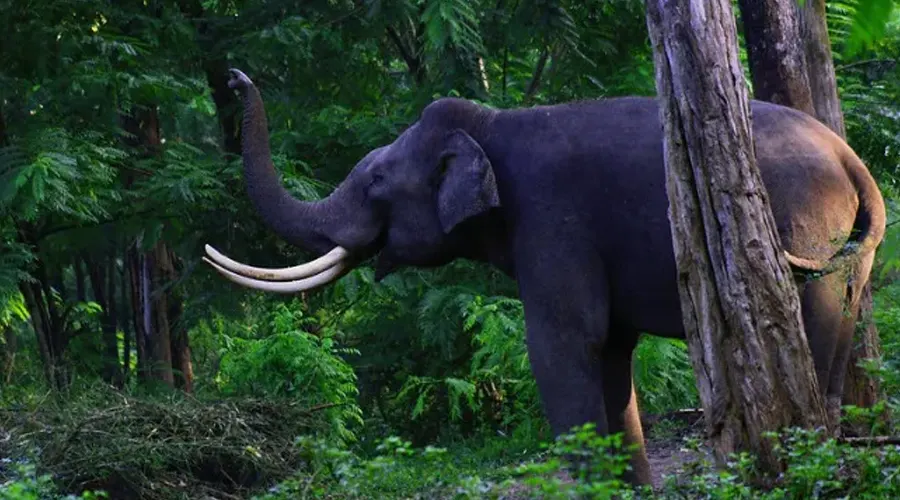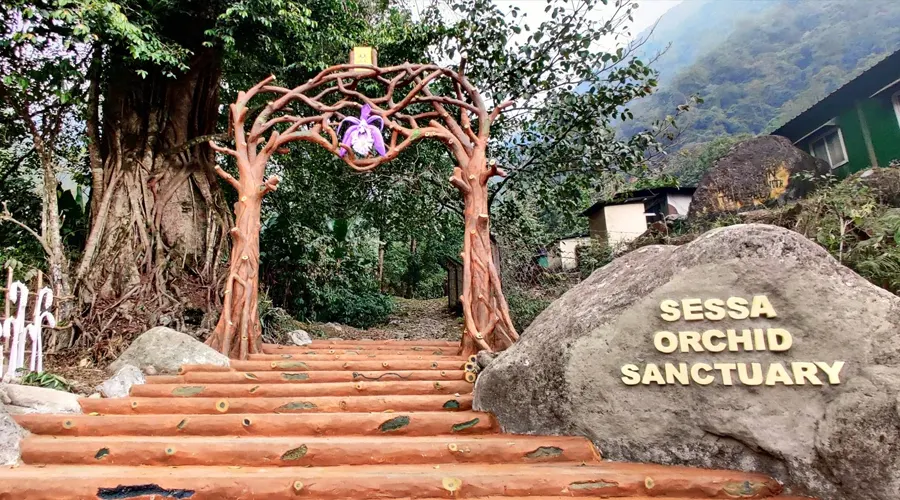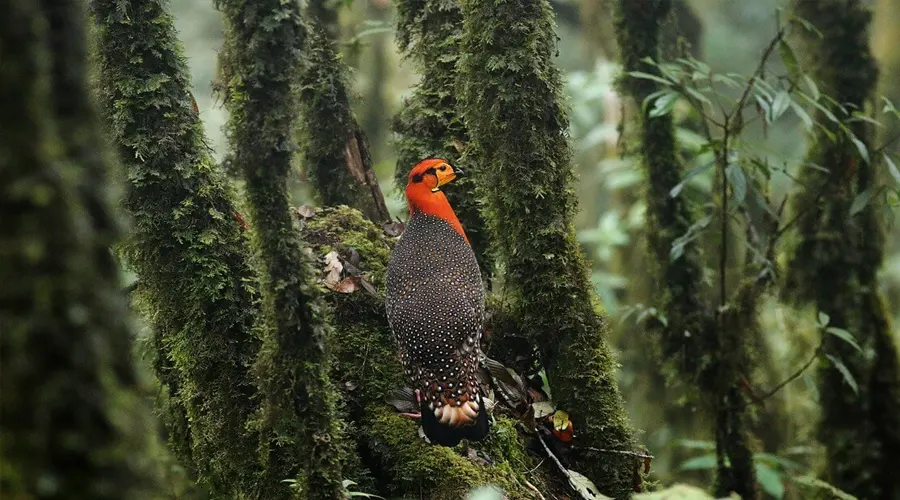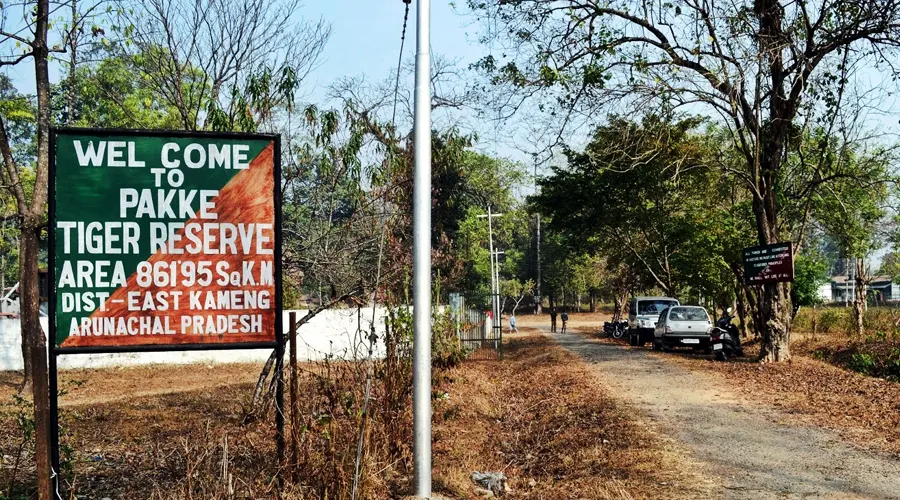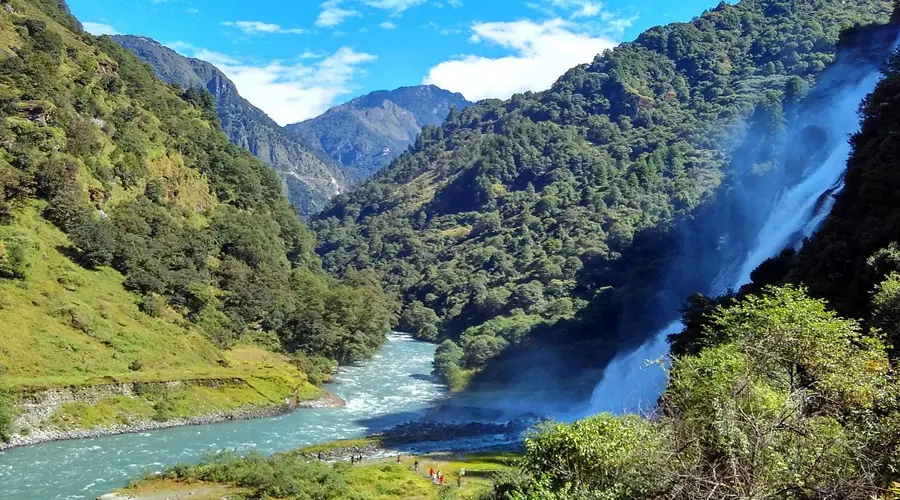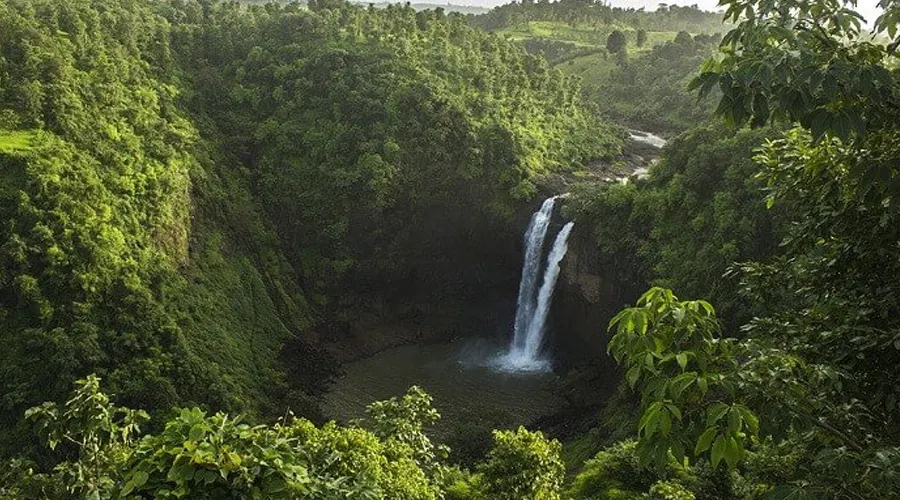Tawang Monastery
Tawang Monastery is the most popular monastery in Arunachal Pradesh. Tawang Monastery is also known as the Gaden Namgyal Lhatse and it sits on the prick of a hill, about 10,000 feet above. The famous Tawang Monastery is a popular tourist attraction it was founded by Merak Lama Lodre Gyamtso in the year 1860-61 AD and it offers an impressive and picturesque view of the Tawang - Chu valley. Undoubtedly, the monastery appears to look like a fort from afar, shimmering with royalty similar to a mini kingdom. Tawang Monastery in Arunachal Pradesh is ranked as the second-largest monastery in the world after Borobudur in Indonesia.
Entering the Tawang Monastery itself is a grand experience; you will come across huge doors about 925 feet long and about ten to twenty feet high. This kingdom has several edifices within the premises but the most prominent one is the 'Dukhang' or the assembly hall. This is also the main building of the monastery which is equally marked with magnificent artwork. Inside the walls of Dukhang, you can notice sketches of several saints and Bodhisattvas. Besides, another important structure in the monastery is the 'Court' which hosts religious dances and other ceremonies.
Most importantly the giant statue of Lord Buddha sits peacefully in the middle of the northern side of the Monastery. A massive richly adorned Tawang Monastery is a definite must-visit attraction in Arunachal Pradesh during your next spiritual holiday.
History of Tawang Monastery
The Tawang Monastery was founded by Merek Lama Lodre Gyamsto, with the help of the local people, in 1680-81 at the request of the 5th Dalai Lama. According to Pandit Nain Singh, who visited the monastery in 1874-75, the monastery had a parliamentary form of administration, known as the Kato, with the Chief Lamas of the monastery as its members.
Under the Shimla Agreement of 1913-14, the whole of Tawang and the monastery which earlier belonged to Tibet was given to the Britishers. After this, China invaded India On 20 October 1962 and occupied Tawang including the monastery for six months. In 1959, Dalai Lama escaped Tibet, and after an arduous journey, he reached the monastery. He stayed there for a few days before leaving for Tezpur.
On 8 November 2009, despite loud protests from the Chinese, the Dalai Lama's visit to the monastery was a crucial moment for the local people.
Architecture of Tawang Monastery
Entrance and outer walls: The colorful entrance of Tawang monastery, built in the shape of a hut is known as the Kakaling. The roof of the Kakaling features mandalas, while murals of divinities and saints have been painted on the interior walls. Ahead of the main gate of the Kakaling, towards its south, is another entry, an open gate.
The main entrance, to the south of the open gate, has massive doors fitted on the northern wall which is 925 feet in length and has a height varying between 10–20 feet. Apart from the main gate, the southern side of the monastery has another entry gate with a massive door. According to a legend, Dalai Lama had given a roll of thread to be bound by the walls of the monastery to denote the extent to which it should be built.
Main buildings: The triple-storeyed monastery has a large assembly hall, ten other functional structures, and 65 residential quarters for students, Lamas, and monks. It also has a school, a water supply facility, and a center for Buddhist cultural studies. The ground floor of the monastery is where ritual dances are performed. Even the curtains are painted with beautiful Buddhist symbols. Apart from the residential buildings, the abbot of the monastery resides in a house located near the gate at the southeastern corner.
A striking feature of the front porch's wall on the ground floor is a footprint on a stone slab. It is believed that this footprint belonged to Chitenpa, a resident of the monastery who was a water carrier. This step is venerated as a miracle because of the belief among the local people that such an imprint on a stone slab could only be created by a divine person.
Main temple or Dukhang: To the west of the entry gate, there is the main temple of the monastery known as the Dukhang ('Du' means "assembly" and 'Khang' means "building). Built-in 1860-61, it houses a huge 18 feet image of Buddha in a lotus position, elegantly decorated and adorned.
Constructed over a platform, its height extends up to the first floor. Next to the Buddha image, there is a silver casket that holds a special thangka of the goddess Sro Devi (Palden Lhamo), the guardian deity of the monastery. This thangka image, also known as Dri Devi, was donated to the monastery by the 5th Dalai Lama. After being dilapidated, the main temple was renovated in the traditional Buddhist style.
Library: The Tawang monastery also has a huge library on the second floor which consists of translated Buddhist scriptures and books on Buddhist teachings. The books are used mostly by the literate Monpa Lamas who refer to them for conducting religious rituals. There is also a printing press that uses locally made paper for printing religious books.

